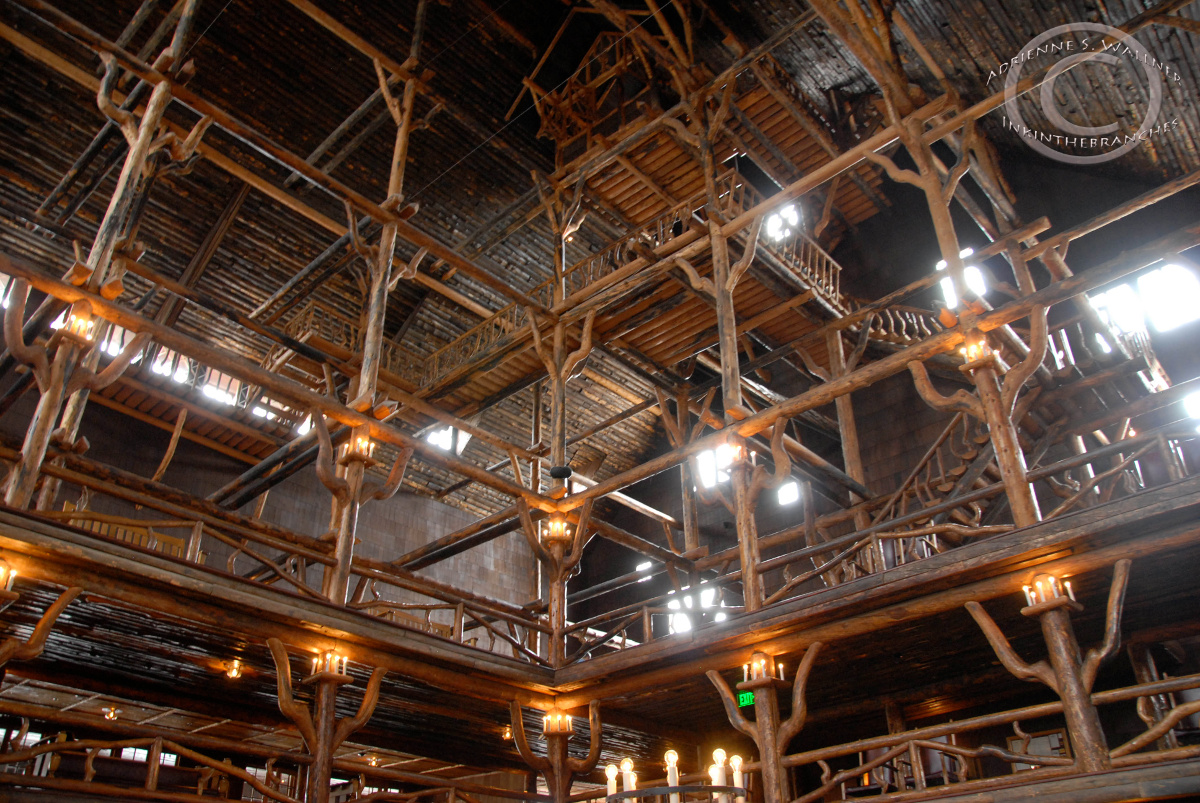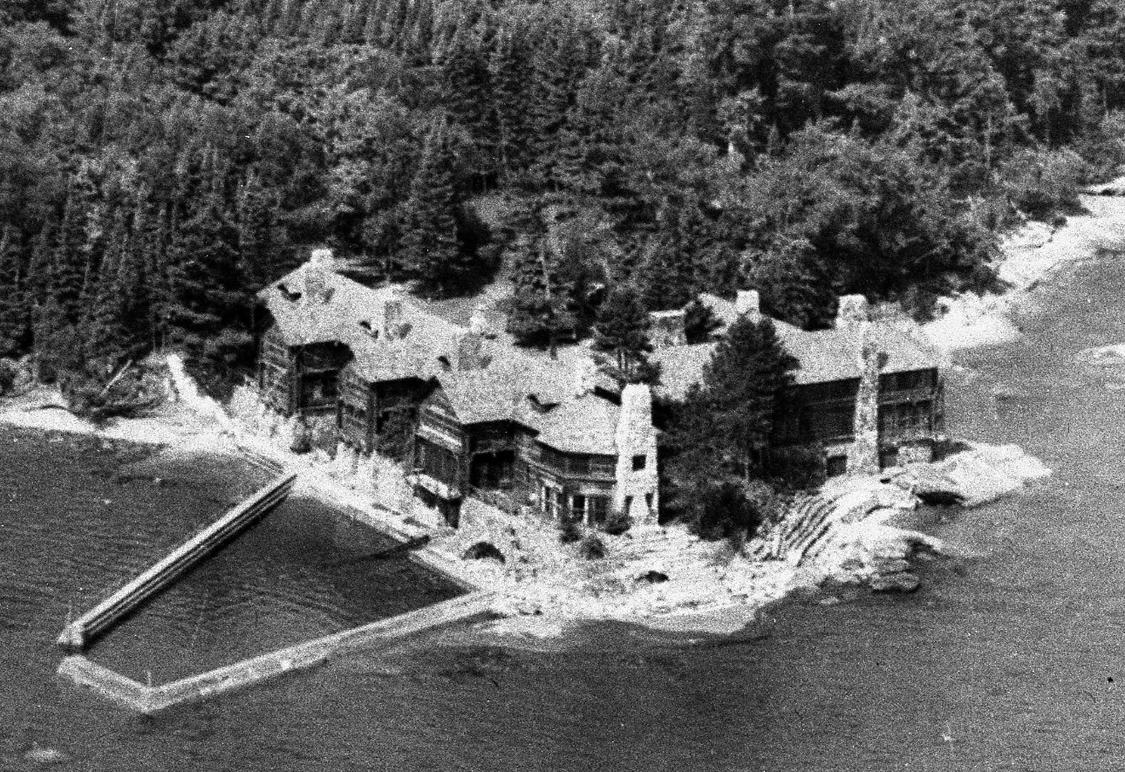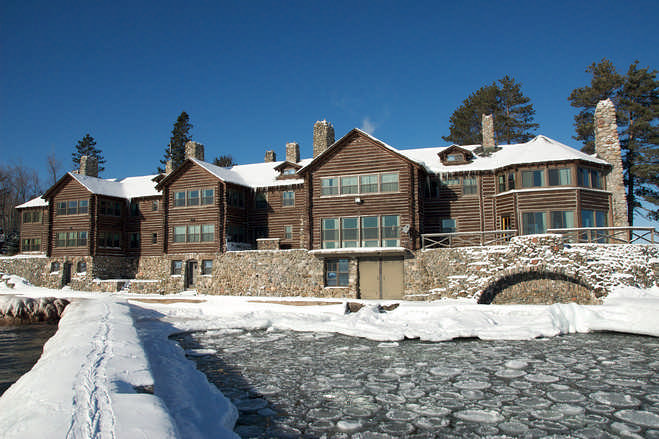Sorry Steve, I didn't mean to derail this thread (temporarily, I hope) but I did think this was opportune to promote more of the type of "real wood" projects that are quite unlike today's Presto-builder's" Glu-lams, MDF, particle board, Finger-joint studs, Aspenite, Oriented Strand Board etc. "Engineered" wood is becoming so prevalent that a natural building materials list of ingredients of the near future may say "and may contain wood".
By the way, my one-only marriage honeymoon 28 years ago was at Chateau Montebello and viewing/experiencing the grand atrium woodwork with the stone fireplace was pretty close to being a religious experience for me. The roof and walls of the hotel suites did not creak either with change in temperature during the 2 days we (my bride and I) were there.
By the way, my one-only marriage honeymoon 28 years ago was at Chateau Montebello and viewing/experiencing the grand atrium woodwork with the stone fireplace was pretty close to being a religious experience for me. The roof and walls of the hotel suites did not creak either with change in temperature during the 2 days we (my bride and I) were there.










